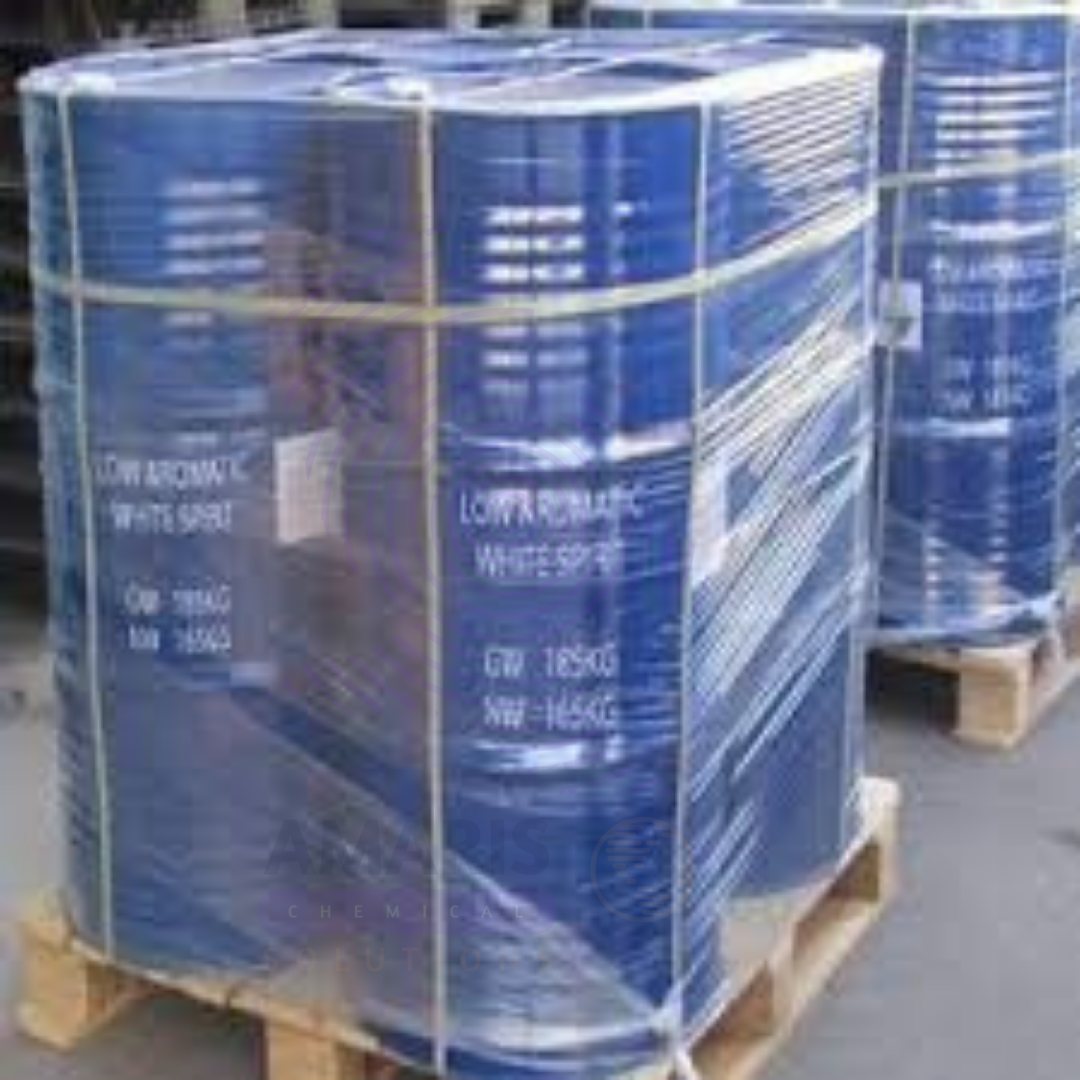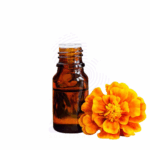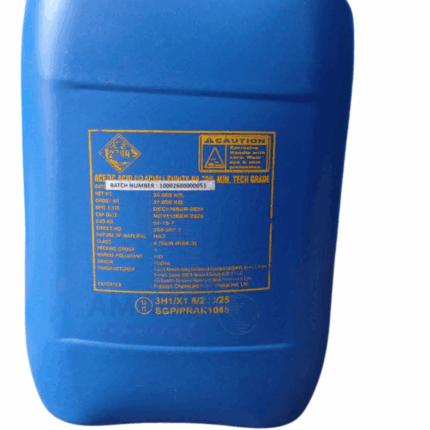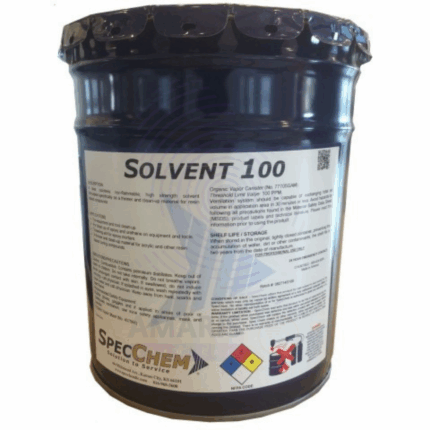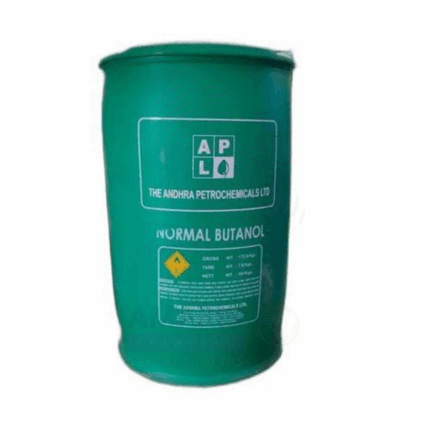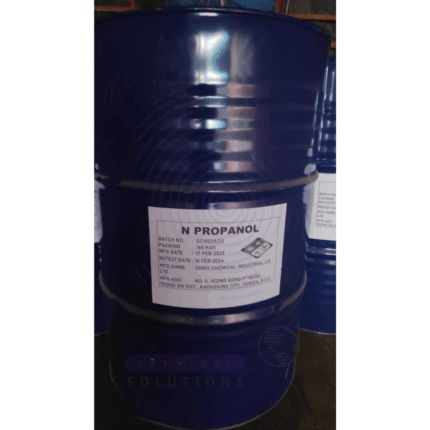White Spirit
Whatsapp Order
White Spirit is a clear, colorless, petroleum-derived solvent widely used in industrial, commercial, and household applications. It is composed primarily of aliphatic and alicyclic hydrocarbons, offering excellent solvency properties, moderate evaporation rate, and low odor varieties. White Spirit serves as a powerful degreaser, paint thinner, and cleaning agent, facilitating effective removal of oils, greases, and paints.
Category: Solvents(paint)
Tags: Adhesive remover, Metal Degreaser, Mineral Spirits, Paint thinner, White Spirit
Description
Table of Contents
Toggle
White Spirit
Primary Uses
- Paints and Coatings Industry
- Paint Thinner: Used to thin oil-based paints, varnishes, and enamels for improved application and finish.
- Cleaning Agent: Cleans brushes, rollers, and equipment after painting jobs.
- Industrial Cleaning
- Degreasing Agent: Removes grease, oil, and wax residues from metal surfaces and machinery parts.
- Household Use
- Spot and Stain Removal: Used to remove grease stains from fabrics and carpets.
- Adhesive and Tar Remover: Effective in dissolving adhesives, tar, and sticky residues.
Secondary Uses
- Automotive Industry
- Engine Cleaning: Used for cleaning engine parts and metal surfaces before repair or maintenance.
- Chemical Industry
- Solvent Carrier: Acts as a carrier solvent in the formulation of pesticides and cleaning products.
- Art and Craft
- Medium: Used as a solvent medium in oil painting techniques.
KEY PRODUCT FEATURES
1. Basic Identification Attributes
- Chemical Name (IUPAC): Petroleum distillates, hydrotreated light
- Common/Trade Name: White Spirit, Mineral Spirits
- CAS Number: 8052-41-3
- HS Code: 2710.19.00
- Synonyms: Stoddard solvent, mineral spirits, petroleum spirits
2. Physical & Chemical Properties
- Physical State: Clear, colorless liquid
- Color & Odor: Mild hydrocarbon odor
- Boiling Range: 140-200 °C
- Density: Approx. 0.76–0.80 g/cm³
- Solubility: Insoluble in water; soluble in organic solvents
- Flash Point: 38–60 °C (closed cup, varies by grade)
3. Safety & Hazard Attributes
- GHS Classification: Flammable liquid (Category 3), Aspiration hazard (Category 1)
- Toxicity: Moderate toxicity; avoid prolonged exposure and ingestion
- Exposure Limits: Occupational exposure limits vary by region; generally around 100 ppm (TWA)
4. Storage & Handling Attributes
- Storage Conditions: Store in tightly closed containers in a cool, well-ventilated area away from heat and ignition sources
- Container Type: Drums, metal cans, or bulk tanks
- Shelf Life: Typically 12-24 months if stored properly
- Handling Precautions: Avoid inhalation of vapors and prolonged skin contact; use proper PPE
5. Regulatory & Compliance Attributes
- Complies with: Major international regulations for industrial solvents
- Manufactured under: Quality control standards to ensure purity and consistency
- Not suitable for: Food or pharmaceutical applications
6. Environmental & Health Impact
- Biodegradability: Readily biodegradable under aerobic conditions
- Ecotoxicity: Toxic to aquatic organisms at high concentrations
- Bioaccumulation: Potential for bioaccumulation; avoid environmental release
SAFETY HANDLING PRECAUTIONS
Safety Handling Precautions
- PPE Required: Gloves, goggles, and respiratory protection recommended in poorly ventilated areas
- Handling Guidelines: Use in well-ventilated spaces; avoid ignition sources and static discharge
- Storage Measures: Store away from oxidizers and acids
First Aid Measures
- Inhalation: Move to fresh air immediately; seek medical attention if symptoms persist
- Skin Contact: Wash thoroughly with soap and water
- Eye Contact: Rinse eyes with plenty of water for 15 minutes; seek medical help if irritation persists
- Ingestion: Do not induce vomiting; seek immediate medical attention
Firefighting Measures
- Fire Hazards: Flammable liquid and vapor
- Extinguishing Media: Foam, dry chemical, CO₂, or water spray (fog)
- Hazardous Combustion Products: Carbon monoxide, carbon dioxide, and other toxic gases
Related products
Butyl Acetate
Butyl Acetate is a clear, colorless liquid with a characteristic pleasant fruity odor similar to pears or bananas. It is an ester formed from butanol and acetic acid. Due to its excellent solvent properties, moderate evaporation rate, and relatively low toxicity, it is widely used in industrial, pharmaceutical, food flavoring, and cosmetic applications. It dissolves many resins and polymers and is prized for improving flow and finish in coatings and inks.
Ethyl Glycol Acetate
Ethyl Glycol Acetate, also known as 2-Ethoxyethyl acetate, is a clear, colorless liquid solvent with a mild, sweet, and slightly fruity odor. It belongs to the family of glycol ethers and esters, combining excellent solvency power with moderate evaporation rates. This makes it highly suitable for use in coatings, inks, adhesives, and cleaning formulations where good solvency and controlled drying times are desired. Ethyl Glycol Acetate is compatible with a wide range of resins, including nitrocellulose, alkyd, acrylic, and vinyl resins, making it a versatile industrial solvent. Its balanced physical properties allow for efficient thinning, cleaning, and dissolution without rapid evaporation or harsh odors.
Glacial Acetic Acid Tech grade
Glacial Acetic Acid Tech grade is a clear, colorless liquid with a pungent vinegar-like odor. It is a less refined form of acetic acid primarily used for industrial and technical applications rather than food or pharmaceutical uses. Typically available in concentrations ranging from 80% to glacial (99-100%), it serves as a crucial chemical reagent, solvent, and intermediate in various industrial processes.
Mineral Turpentine
Mineral Turpentine, also known as White Spirit or Stoddard Solvent, is a clear, petroleum-derived solvent widely used in industrial, commercial, and household applications. It is a mixture of aliphatic and alicyclic hydrocarbons obtained from the distillation of crude oil. Mineral Turpentine serves as an effective solvent for paints, varnishes, and adhesives and is valued for its moderate evaporation rate and good solvency power.
Naphta Solvent
Naphta Solvent Kokosal, commonly known as Kokosal, is a petroleum-derived hydrocarbon solvent composed primarily of aliphatic and aromatic hydrocarbons with a boiling range near 100°C. It is a clear, colorless to pale yellow liquid with a characteristic hydrocarbon odor. Kokosal is widely used as an industrial solvent due to its excellent solvency power, moderate evaporation rate, and compatibility with many resins, oils, and waxes. It is valued in applications such as coatings, adhesives, cleaning, and chemical synthesis.
Normal Butanol
Normal Butanol is a straight-chain primary alcohol with the chemical formula C4H10O. It is a colorless, flammable liquid with a characteristic alcoholic odor. Known for its good solvent properties and moderate evaporation rate, n-Butanol is widely used in industrial applications such as solvents for paints, coatings, adhesives, and as an intermediate in chemical synthesis.
Prop BH N Propanol Technical Grade
Prop BH N Propanol Technical Grade, is a clear, colorless, flammable liquid alcohol used widely as a solvent and intermediate in chemical manufacturing. It has strong solvency properties for oils, resins, and various organic compounds. Due to its moderate evaporation rate and compatibility with water and other solvents, it is valuable in coatings, pharmaceuticals, and industrial cleaning formulations.
Shellsol T
Shellsol T is a low aromatic, high-purity petroleum hydrocarbon solvent known for its excellent solvency power and relatively low odor. It is a clear, colorless liquid commonly used in coatings, adhesives, inks, and chemical processing where strong solvency with moderate evaporation rates is needed. Its balanced properties make it suitable for industrial applications requiring controlled drying and good compatibility with various resins and polymers.


 Preservatives(food)
Preservatives(food) Flavor Enhancers
Flavor Enhancers Acidulants
Acidulants Sweeteners
Sweeteners Antioxidants
Antioxidants Colorants(food)
Colorants(food) Nutraceutical Ingredients (food)
Nutraceutical Ingredients (food) Nutrient Supplements
Nutrient Supplements Emulsifiers
Emulsifiers
 Collectors
Collectors Dust Suppressants
Dust Suppressants Explosives and Blasting Agents
Explosives and Blasting Agents Flocculants and Coagulants
Flocculants and Coagulants Frothers
Frothers Leaching Agents
Leaching Agents pH Modifiers
pH Modifiers Precious Metal Extraction Agents
Precious Metal Extraction Agents
 Antioxidants(plastic)
Antioxidants(plastic) Colorants (Pigments, Dyes)
Colorants (Pigments, Dyes) Fillers and Reinforcements
Fillers and Reinforcements Flame Retardants
Flame Retardants Monomers
Monomers Plasticizers
Plasticizers Polymerization Initiators
Polymerization Initiators Stabilizers (UV, Heat)
Stabilizers (UV, Heat)
 Antifoaming Agents
Antifoaming Agents Chelating Agents
Chelating Agents Coagulants and Flocculants
Coagulants and Flocculants Corrosion Inhibitors
Corrosion Inhibitors Disinfectants and Biocides
Disinfectants and Biocides Oxidizing Agents
Oxidizing Agents pH Adjusters
pH Adjusters Scale Inhibitors( water)
Scale Inhibitors( water)
 Antioxidants(cosmetic)
Antioxidants(cosmetic) Emollients
Emollients Fragrances and Essential Oils
Fragrances and Essential Oils Humectants
Humectants Preservatives
Preservatives Surfactants(cosmetic)
Surfactants(cosmetic) Thickeners
Thickeners UV Filters
UV Filters
 Fertilizers
Fertilizers Soil Conditioners
Soil Conditioners Plant Growth Regulators
Plant Growth Regulators Animal Feed Additives
Animal Feed Additives Biostimulants
Biostimulants Pesticides (Herbicides, Insecticides, Fungicides)
Pesticides (Herbicides, Insecticides, Fungicides)
 Active Pharmaceutical Ingredients (APIs)
Active Pharmaceutical Ingredients (APIs) Excipients
Excipients Solvents(pharmaceutical)
Solvents(pharmaceutical) Antibiotics
Antibiotics Antiseptics and Disinfectants
Antiseptics and Disinfectants Vaccine Adjuvants
Vaccine Adjuvants Nutraceutical Ingredients (pharmaceutical)
Nutraceutical Ingredients (pharmaceutical) Analgesics & Antipyretics
Analgesics & Antipyretics
 Analytical Reagents
Analytical Reagents Solvents(lab)
Solvents(lab) Chromatography Chemicals
Chromatography Chemicals Spectroscopy Reagents
Spectroscopy Reagents microbiology-and-cell-culture-reagents
microbiology-and-cell-culture-reagents Molecular Biology Reagents
Molecular Biology Reagents Biochemical Reagents
Biochemical Reagents Inorganic and Organic Standards
Inorganic and Organic Standards Laboratory Safety Chemicals
Laboratory Safety Chemicals Specialty Laboratory Chemicals(Special Laboratory Equipment)
Specialty Laboratory Chemicals(Special Laboratory Equipment)
 Demulsifiers
Demulsifiers Hydraulic Fracturing Fluids
Hydraulic Fracturing Fluids Scale Inhibitors(oil)
Scale Inhibitors(oil) Surfactants(oil)
Surfactants(oil) Drilling Fluids
Drilling Fluids
 Dyes and Pigments
Dyes and Pigments Bleaching Agents
Bleaching Agents Softening Agents
Softening Agents Finishing Agents
Finishing Agents Antistatic Agents
Antistatic Agents
 Admixtures
Admixtures Waterproofing Agents
Waterproofing Agents Sealants and Adhesives
Sealants and Adhesives Curing Compounds
Curing Compounds Concrete Repair Chemicals
Concrete Repair Chemicals Anti-Corrosion Coatings
Anti-Corrosion Coatings
 Surfactants(cleaning)
Surfactants(cleaning) Builders
Builders Enzymes
Enzymes Solvents (Cleaning)
Solvents (Cleaning) Fragrances
Fragrances
 Electronic Chemicals
Electronic Chemicals Catalysts
Catalysts Lubricants
Lubricants Photographic Chemicals
Photographic Chemicals Refrigerants
Refrigerants Automotive chemicals
Automotive chemicals Pyrotechnic Chemicals
Pyrotechnic Chemicals
 Biodegradable Surfactants
Biodegradable Surfactants Bio-based Solvents
Bio-based Solvents Renewable Polymers
Renewable Polymers Carbon Capture Chemicals
Carbon Capture Chemicals Wastewater Treatment Chemicals
Wastewater Treatment Chemicals
 Pigments
Pigments Solvents(paint)
Solvents(paint) Specialty Coatings
Specialty Coatings Binders/Resins
Binders/Resins Additives
Additives Driers
Driers Anti-Corrosion Agents
Anti-Corrosion Agents Functional Coatings
Functional Coatings Application-Specific Coatings
Application-Specific Coatings
 Fresh Herbs
Fresh Herbs Ground Spices
Ground Spices Whole Spices
Whole Spices Spice Blends
Spice Blends Dried Herbs
Dried Herbs
 Leavening Agents
Leavening Agents Dough Conditioners
Dough Conditioners Flour Treatments
Flour Treatments Fat Replacers
Fat Replacers Decoratives
Decoratives Preservatives(baking)
Preservatives(baking)
 Plasticizers & Softeners
Plasticizers & Softeners Reinforcing Agents
Reinforcing Agents Adhesion Promoters
Adhesion Promoters Vulcanizing Agents
Vulcanizing Agents Antidegradants
Antidegradants Blowing Agents
Blowing Agents Fillers & Extenders
Fillers & Extenders Accelerators & Retarders
Accelerators & Retarders